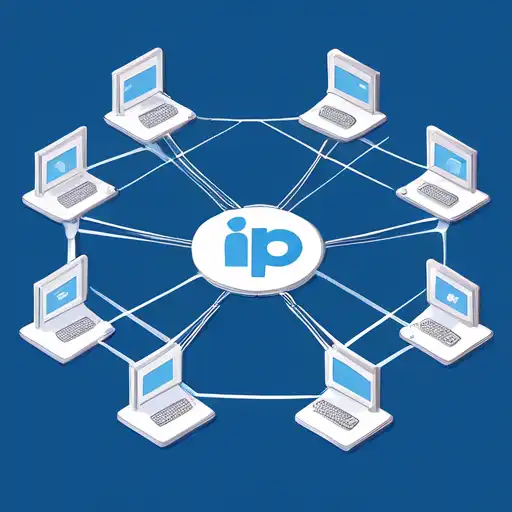Introduction to IP Addresses
In the digital world, IP addresses play a crucial role in connecting devices across the internet. An IP (Internet Protocol) address is a unique identifier assigned to each device connected to a network, enabling them to communicate with each other. This guide will walk you through the basics of IP addresses, their types, and how they function within networks.
What is an IP Address?
An IP address is a numerical label assigned to each device participating in a computer network that uses the Internet Protocol for communication. It serves two main functions: identifying the host or network interface and providing the location of the host in the network.
Types of IP Addresses
There are two primary versions of IP addresses in use today:
- IPv4 (Internet Protocol version 4): The most widely used version, consisting of four numbers separated by dots (e.g., 192.168.1.1).
- IPv6 (Internet Protocol version 6): Developed to deal with the exhaustion of IPv4 addresses, it uses eight groups of four hexadecimal digits (e.g., 2001:0db8:85a3:0000:0000:8a2e:0370:7334).
How IP Addresses Work
IP addresses are the backbone of internet communication. When you type a website's name into your browser, a Domain Name System (DNS) server translates the name into an IP address, allowing your device to connect to the website's server. This process happens in milliseconds, enabling seamless browsing experiences.
Static vs. Dynamic IP Addresses
IP addresses can be either static or dynamic:
- Static IP Addresses: These are permanent and do not change over time. They are typically used by servers hosting websites or providing services.
- Dynamic IP Addresses: Assigned by a Dynamic Host Configuration Protocol (DHCP) server, these addresses can change over time and are commonly used for residential internet connections.
Why Understanding IP Addresses is Important
Grasping the concept of IP addresses is fundamental for anyone looking to understand how the internet works. Whether you're setting up a home network, troubleshooting connectivity issues, or diving into network security, a solid foundation in IP addressing is essential.
Conclusion
IP addresses are a critical component of the internet's infrastructure, enabling devices to locate and communicate with each other across the globe. By understanding the basics of IP addresses, you're better equipped to navigate the complexities of modern networking. For more insights into networking basics, explore our comprehensive networking guide.
